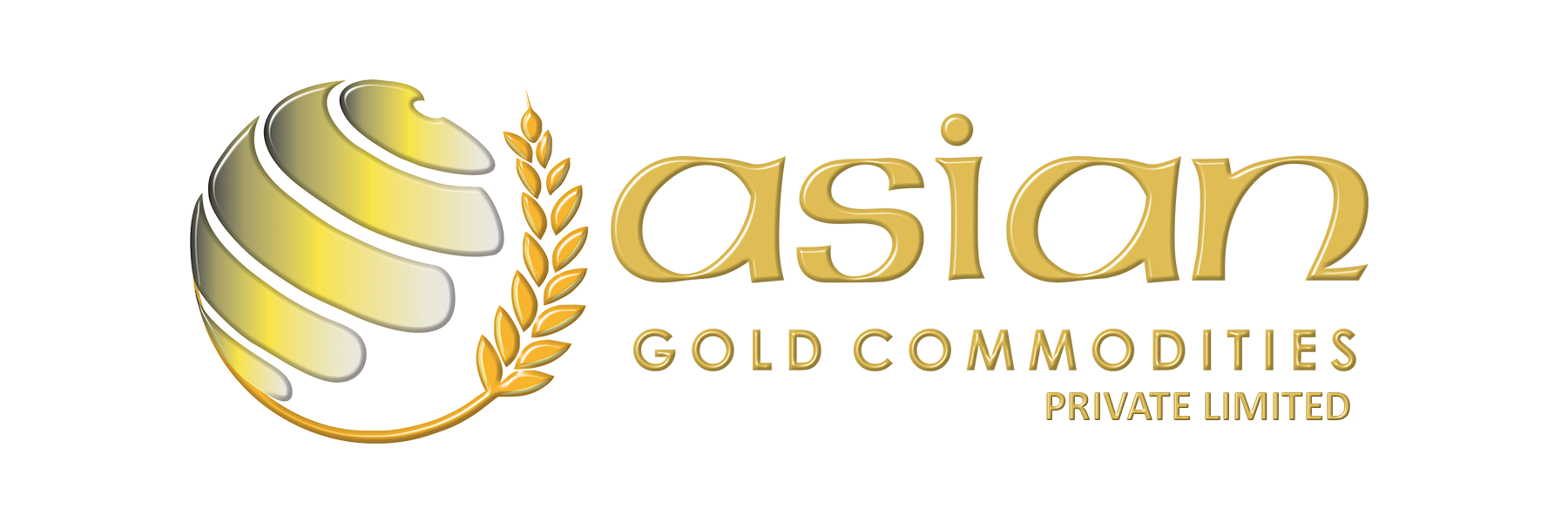OPEC
WHAT IS THE ORGANIZATION OF THE PETROLEUM EXPORTING COUNTRIES (OPEC)?
The Organization of the Petroleum Exporting Countries (OPEC) is a group consisting of 14 of the world’s major oil-exporting nations. OPEC was founded in 1960 to coordinate the petroleum policies of its members. And to provide member states with technical and economic aid. OPEC is a cartel that aims to manage the supply of oil to set the price of oil in the world market. To avoid fluctuations that might affect the economies of both producing and purchasing countries. Countries that belong to OPEC include Iran, Iraq, Kuwait, Saudi Arabia, and Venezuela (the five founders). Plus the United Arab Emirates, Libya, Algeria, Nigeria, and five other countries.
UNDERSTANDING THE ORGANIZATION OF THE PETROLEUM EXPORTING COUNTRIES (OPEC)
OPEC, which describes itself as a permanent intergovernmental organization, was created in Baghdad in Sept. 1960 by its founding members: Iran, Iraq, Kuwait, Saudi Arabia, and Venezuela. The headquarters of the organization are in Vienna, Austria, where the OPEC Secretariat, the executive organ, carries out OPEC’s day-to-day business. The chief executive officer of OPEC is its secretary-general. His Excellency Mohammad Sanusi Barkindo of Nigeria was appointed to the position for a three-year term of office on August 1, 2016. And was re-elected to another three-year term on July 2, 2019. According to its statutes, OPEC membership is open to any country that is a substantial exporter of oil and shares the ideals of the organization.
After the five founding members, OPEC added 11 additional member countries as of 2019. These are, in order of joining, Qatar (1961), Indonesia (1962), Libya (1962), the United Arab Emirates (1967), Algeria (1969), Nigeria (1971), Ecuador (1973), Gabon (1975), Angola (2007), Equatorial Guinea (2017), and Congo (2018). However, Qatar terminated its membership on Jan. 1, 2019, and Indonesia suspended its membership on Nov. 30, 2016, so as of 2019 the organization consists of 14 states.
It is noticeable that some of the world’s largest oil producers, including Russia, China, and the United States, are not members of OPEC, which leaves them free to pursue their objectives.
HOW OPEC WORKS
The group has agreed to define OPEC’s mission: “coordinate and unify the petroleum policies of its Member Countries and ensure the stabilization of oil markets to secure an efficient. Economic, and regular supply of petroleum to consumers, a steady income to producers. And a fair return on capital for those investing in the petroleum industry.”
OPEC’s influence on the market has been widely criticized. Because its member countries hold the vast majority of crude oil reserves (79.4%, according to the OPEC website), the organization has considerable power in these markets. As a cartel, OPEC members have a strong incentive to keep oil prices as high as possible while maintaining their shares of the global market. The advent of new technology, especially fracking in the United States, has had a major effect on worldwide oil prices and has lessened OPEC’s influence on the markets. As a result, worldwide oil production has increased and prices have dropped significantly, leaving OPEC in a delicate position.
OPEC decided to maintain high production levels, and consequently low prices, in an attempt to push higher-cost producers out of the market and regain market share. However, starting in January 2019, OPEC reduced output by 1.2 million barrels a day for six months due to a concern that an economic slowdown would create a supply glut, extending the agreement for an additional nine months in July 2019.
OPEC’S INFLUENCE ON GLOBAL OIL PRICES
Many of the largest oil-producing countries in the world are part of a cartel known as the Organization of Petroleum-Exporting Countries (OPEC). As of 2016, OPEC allied with other top, non-OPEC, and oil-exporting nations to form a more powerful entity that has the descriptive moniker OPEC+ (OPEC Plus). The goal is to exert control over the price of the precious fossil fuel known as crude oil. OPEC+ controls over 50 percent of global oil supplies and about 90 percent of proven oil reserves. In the short term, OPEC+ has a significant influence on the price of oil. Over the long term, its ability to influence the price of oil is diluted, primarily because individual nations have different incentives than OPEC+ as a whole.
OIL PRICE AND SUPPLY
As a cartel, the OPEC+ member countries collectively agree on how much oil to produce, which directly impacts the ready supply of crude oil on the global market at any given time. As a result, OPEC+ exerts influence over the global market price of oil and, understandably, tends to keep it relatively high to maximize profitability.
For example, if OPEC+ countries were unsatisfied with the price of oil, it was in their interest to cut the supply of oil so prices rise. However, no individual country wants to reduce supply, as this would mean reduced revenues. Ideally, they want the price of oil to rise while they increase supply so that revenues also rise. But that is not market dynamics. So, a pledge by OPEC+ to cut supply causes an immediate spike in the price of oil. Over time, the price reverts to a level, usually lower. When supply is not meaningfully cut or demand adjusts. Conversely, OPEC+ can decide to increase supply.
For instance, OPEC+ met in Vienna and announced that they would be increasing supply. A big reason for this was to offset the extremely low output by fellow OPEC+ member Venezuela. Saudi Arabia and Russia, the two largest exporters in the world. And who can increase production, are big proponents of increasing supply as that would increase their revenues. Other nations, who cannot ramp up production, either because they are operating at full capacity. Or are otherwise not allowed to (Iran – sanctions), would be opposed to this.
MARKET FORCES
In the end, the forces of supply and demand determine the price equilibrium. Although OPEC+ announcements can temporarily affect the price of oil by altering expectations. A case in point where OPEC+’s expectations would be altered is when its share of world oil production declines. With new products coming from outside nations such as the U.S. and Canada.
In March 2020, Saudi Arabia, an original member of OPEC along with being the largest exporter, and extremely influential in the global oil market, and Russia, the second leading exporter and, arguably. The second most important player in OPEC+, failed to reach an agreement about cutting production to stabilize the price of oil. Saudi Arabia retaliated by ramping up production sharply. This sudden increase in supply happened at a time when global oil demand was slumping as the world was dealing with the COVID-19 pandemic.
LEARN TO TRADE CURRENCY PAIRS

When you trade Futures of Currency pairs, you are speculating whether the price of one currency will rise or fall against the other.
Futures are a leveraged product. This means you only need to put down a small initial deposit, known as margin, to enter a trade. Trading using leverage can enhance losses as well as profits, which means any losses you make can exceed your initial deposit on the trade.
Learn and develop
Find out more about currency pairs in our introduction to currency trading.
Trading library
Learn about different trading strategies, as well as fundamental and technical analysis.









